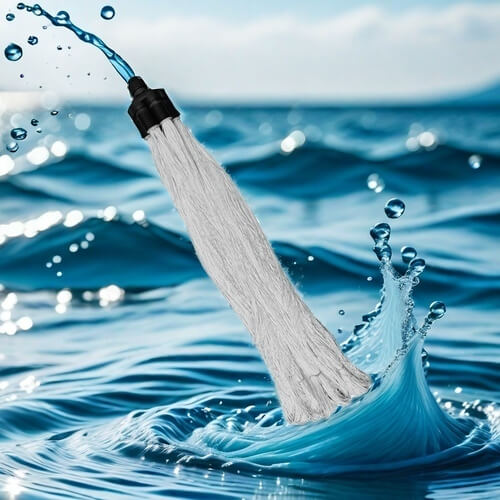How to solve MABR membrane fouling?
The problem of membrane fouling in MABR (Membrane Aerated Biofilm Reactor) is a key challenge in its application. Here are some effective strategies to address MABR membrane fouling:
Pre processing measures
Physical pretreatment: Before entering the MABR system, the wastewater is screened and precipitated to remove large particulate matter and reduce the burden on subsequent membranes
Chemical pretreatment: using chemical agents (such as polyaluminum chloride) to precipitate and remove suspended solids, reducing the concentration of pollutants in wastewater.
Operation optimization
Aeration control: By adjusting the aeration pressure and oxygen supply, the membrane surface is kept clean to prevent excessive accumulation of sludge and biofilm. It is recommended to maintain the aeration pressure between 0.07-0.1 MPa to promote effective diffusion of oxygen.
Hydraulic retention time: Reasonably control the hydraulic retention time (usually 8-15 hours) to ensure sufficient biodegradation and removal efficiency

Regular cleaning
Physical cleaning: Regularly backwash or wash membrane components with water to remove dirt and biofilm attached to the membrane surface. Mechanical cleaning or ultrasonic cleaning methods can be used
Chemical cleaning: Use appropriate chemical cleaning agents (such as sodium hydroxide or acidic solutions) to deeply clean the membrane to remove difficult to remove pollutants.
Monitoring and maintenance
Real time monitoring: Through an online monitoring system, real-time tracking of membrane flux, sludge concentration, and effluent quality is achieved, and operating parameters are adjusted in a timely manner to address pollution situations
Regular maintenance: Establish a regular inspection and maintenance mechanism to ensure the long-term stable operation of membrane components.
Through these measures, the pollution of MABR membrane can be effectively reduced, its operating efficiency and service life can be improved, thereby achieving more efficient sewage treatment results.
